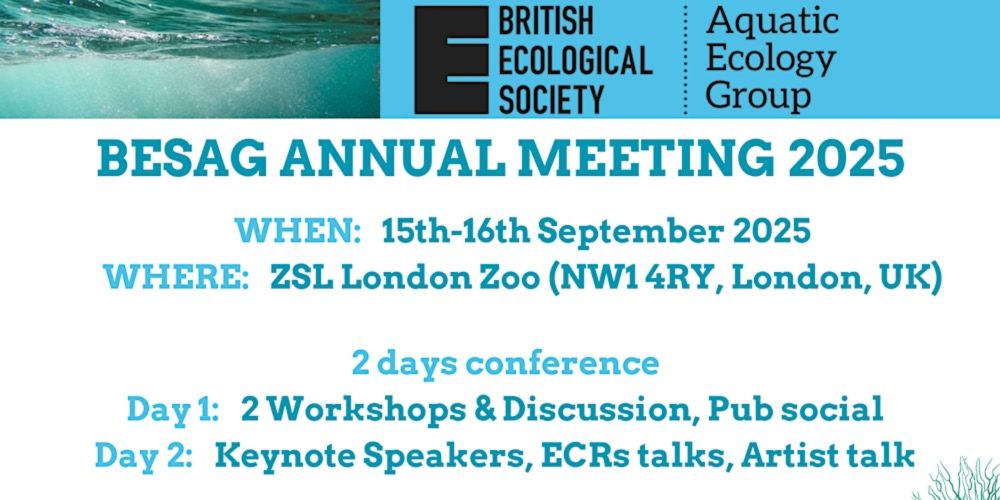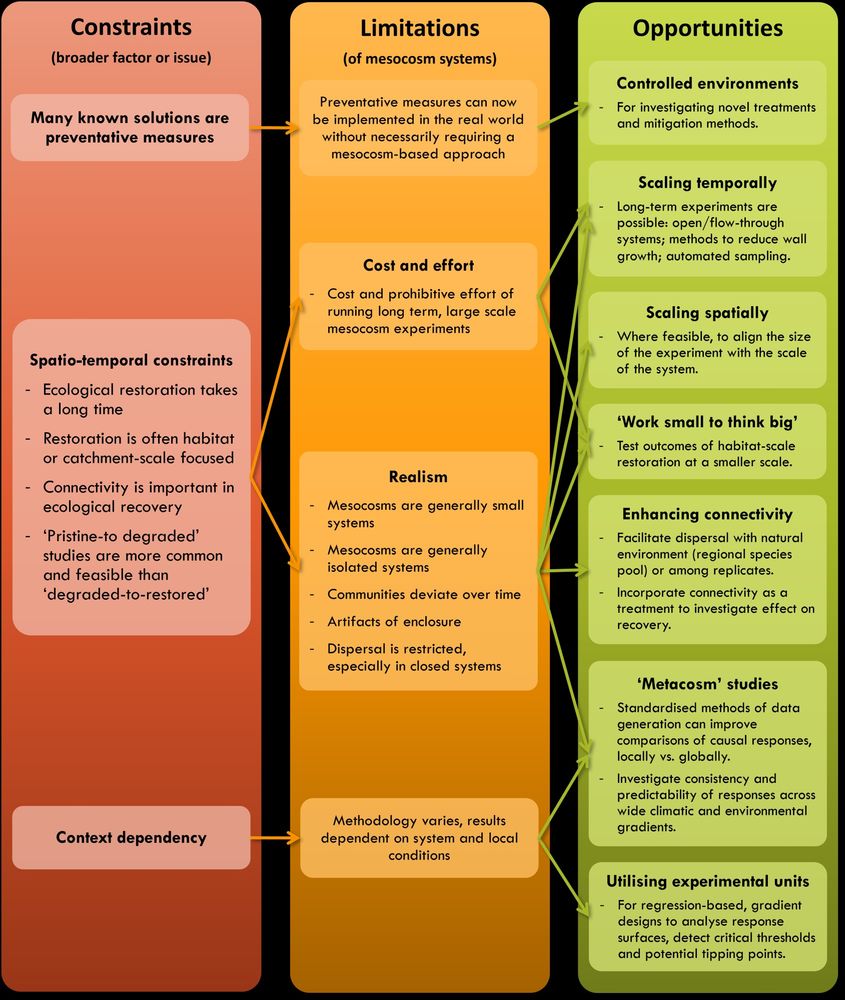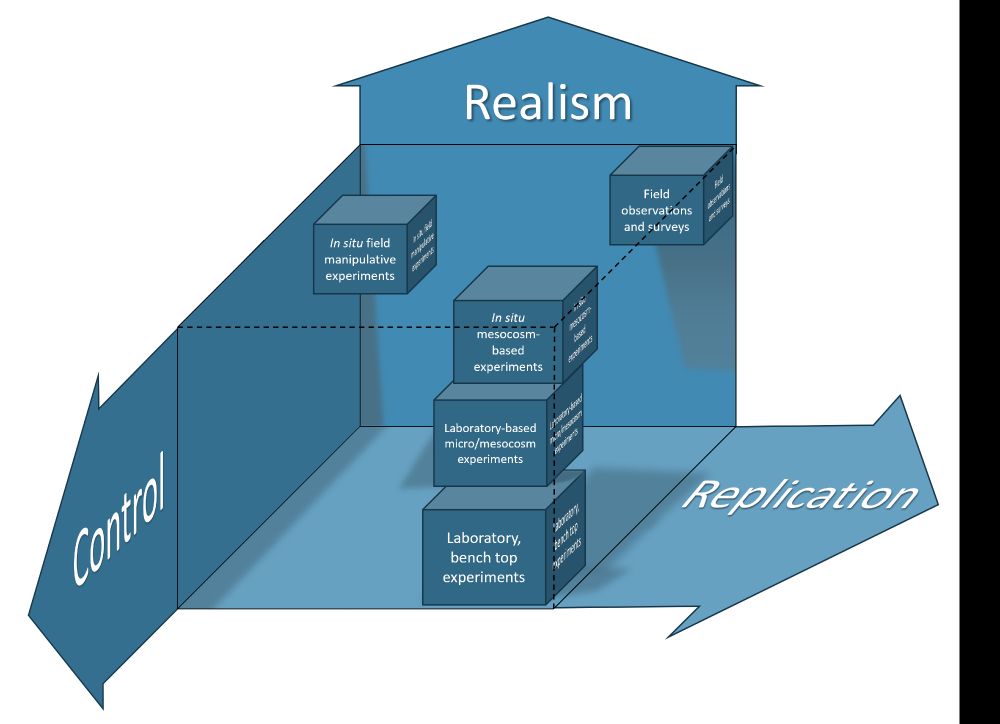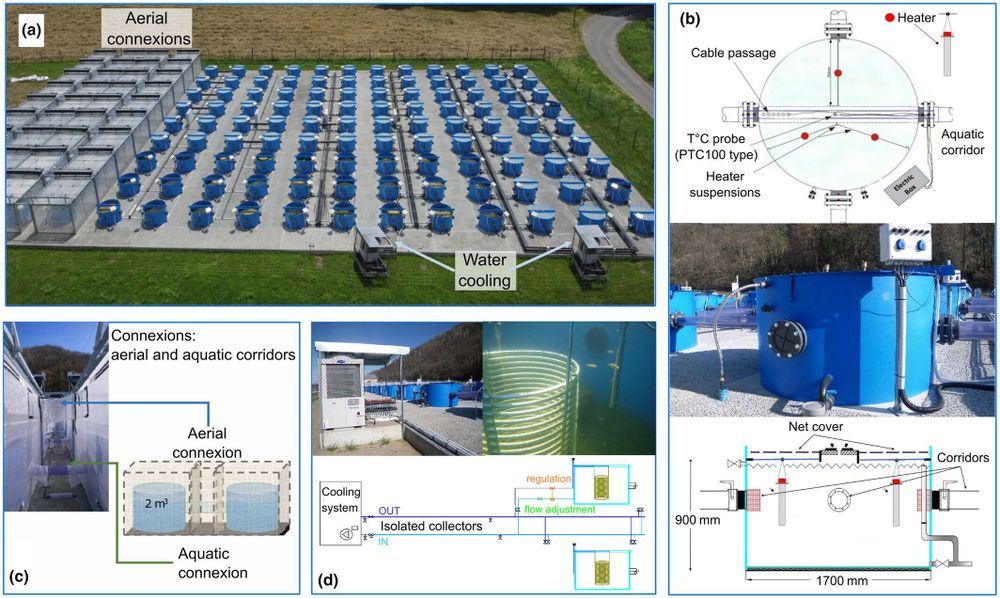Sam Macaulay
@samuelmacaulay.bsky.social
140 followers
61 following
15 posts
Aquatic ecologist - mainly streams, rivers, stressors and solutions | How have we messed things up and can we fix it?
Research associate | Imperial College London
Posts
Media
Videos
Starter Packs
Reposted by Sam Macaulay
Sam Macaulay
@samuelmacaulay.bsky.social
· Feb 11
Sam Macaulay
@samuelmacaulay.bsky.social
· Feb 11
Sam Macaulay
@samuelmacaulay.bsky.social
· Feb 11
Sam Macaulay
@samuelmacaulay.bsky.social
· Feb 11
Sam Macaulay
@samuelmacaulay.bsky.social
· Feb 11
Sam Macaulay
@samuelmacaulay.bsky.social
· Feb 11
Sam Macaulay
@samuelmacaulay.bsky.social
· Feb 11
Sam Macaulay
@samuelmacaulay.bsky.social
· Feb 11
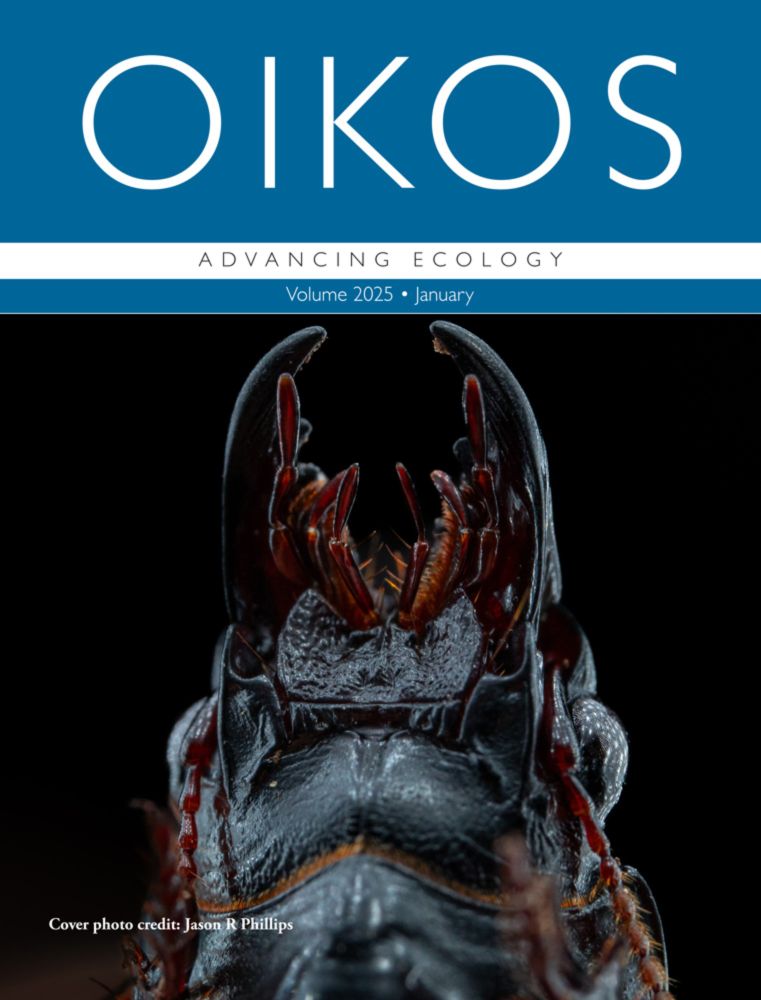
Addressing grand ecological challenges in aquatic ecosystems: how can mesocosms be used to advance solutions?
Rapid and drastic anthropogenic impacts are affecting global biogeochemical processes and driving biodiversity loss across Earth's ecosystems. In aquatic ecosystems, species distributions are shiftin...
doi.org
Reposted by Sam Macaulay
James Orr
@jamesaorr.bsky.social
· Dec 2
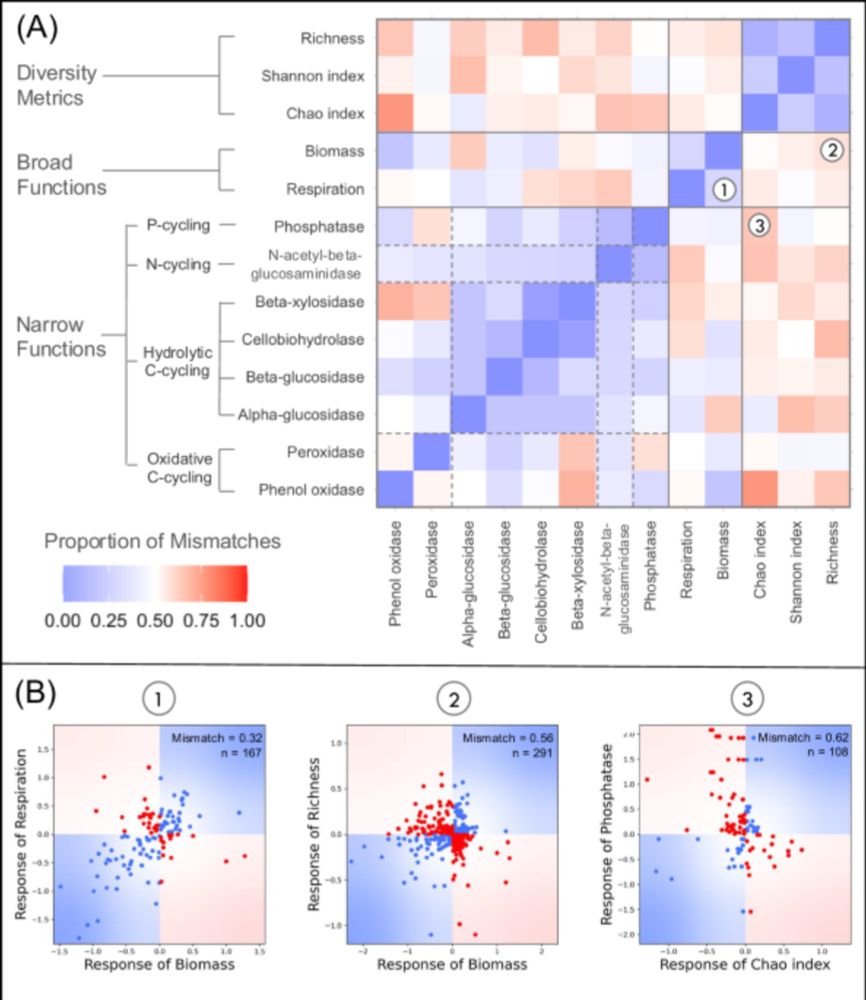
Variability of functional and biodiversity responses to perturbations is predictable and informative - Nature Communications
Measures of biodiversity and ecosystem functioning show variable responses to perturbations, complicating the prediction of responses to global change. This study shows that the variability of communi...
doi.org
Reposted by Sam Macaulay
Sam Macaulay
@samuelmacaulay.bsky.social
· Nov 27
Sam Macaulay
@samuelmacaulay.bsky.social
· Nov 27


